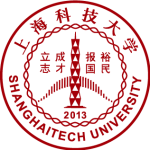
The Harbin Institute of Technology (HIT) is a public science and engineering university in Nan'gang, Harbin, Heilongjiang, China. It is one of the top universities in China and now affiliated with the Ministry of Industry and Information Technology. The university is part of Project 211, Project 985, and the Double First-Class Construction.

Zhejiang University(ZJU) is a public university in Hangzhou, Zhejiang, China. It is affiliated with the Ministry of Education. The university is part of Double First-Class Construction, Project 985, and Project 211. Ranked #44 in QS World University Rankings 2024[].

The Chinese Academy of Sciences is the national academy for natural sciences and the highest consultancy for science and technology of the People's Republic of China. It is the world's largest research organization, with 100 research institutes, 2 universities, 69,000 full-time employees, and 79 thousand graduate students.
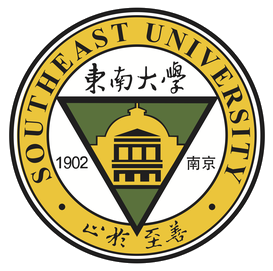
Southeast University (SEU) is a public university in Nanjing, Jiangsu, China. It is affiliated with the Ministry of Education of China. The university is part of Project 211, Project 985, and the Double First-Class Construction.

Beijing Forestry University is a public university located in Beijing, China. It is affiliated with the Ministry of Education, and co-sponsored by the Ministry of Education, the National Forestry and Grassland Administration, and the Beijing Municipal People's Government. The university is part of Project 211 and the Double First-Class Construction.

The East China University of Science and Technology is a public university located in Shanghai, China. It is affiliated with the Ministry of Education. The university is part of Project 211 and the Double First-Class Construction.

The University of Science and Technology of China (USTC) is a public university in Hefei, China. It is affiliated with the Chinese Academy of Sciences, and co-funded by the Chinese Academy of Sciences, the Ministry of Education of China, and the Anhui Provincial Government. It is part of Project 211, Project 985, and the Double First-Class Construction.

The University of Shanghai for Science and Technology is a municipal public university in Yangpu, Shanghai, China. The university is affiliated with the City of Shanghai and funded by the Shanghai Municipal People's Government.

Yeungnam University is a private research university located in Gyeongsan, North Gyeongsang, South Korea. The university's predecessors, Taegu College and Chunggu College, were founded in Daegu in 1947 and 1950 respectively. In 1967, the two colleges were merged by President Park Chung Hee to form Yeungnam University. In 1972, the university's new main campus opened in Gyeongsan east of Daegu. The university includes colleges of Law and Medicine as well as a university hospital. It ranked 1st in the rate for passing the bar exam for the second straight year (2015~2016), it also ranked 6th in providing CEOs in Korea's top 100 companies (2015), and 6th in providing the CEOs in Companies listed on KOSDAQ (2014). Yeungnam University is ranked 501 in the Academic Ranking of World Universities by Shanghai Jiao Tong University.

Osaka University, abbreviated as OU or Handai (阪大), is a national research university in Osaka, Japan. The university traces its roots back to Edo-era institutions Tekijuku (1838) and Kaitokudo (1724), and was officially established in 1931 as the sixth of the Imperial Universities in Japan, with two faculties: science and medicine. Following the post-war educational reform, it merged with three pre-war higher schools, reorganizing as a comprehensive university with five faculties: science, medicine, letters, law and economics, and engineering. After the merger with Osaka University of Foreign Studies in 2007, Osaka University became the largest national university in Japan by undergraduate enrollment.
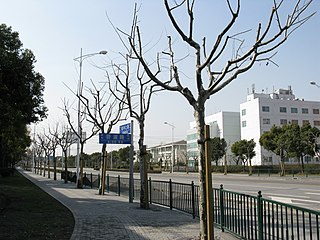
The Zhangjiang Hi-Tech Park is a technology park in the Pudong district of Shanghai, China. It is operated by Zhangjiang Hi-Tech Park Development Co., Ltd. The park specializes in research in life sciences, software, semiconductors, and information technology.
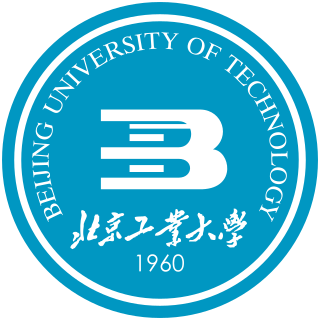
The Beijing University of Technology is a municipal public university in Chaoyang, Beijing, China, with more than 20,000 students. It is affiliated with the City of Beijing and funded by the Beijing Municipal People's Government. The university is part of Project 211 and the Double First-Class Construction.

The University of the Chinese Academy of Sciences is a public university headquartered in Shijingshan, Beijing, China. It is affiliated with the Chinese Academy of Sciences. The university is part of the Double First-Class Construction. Officially established in 2012, the university derives from the Graduate School of the University of Science and Technology of China founded in 1978.
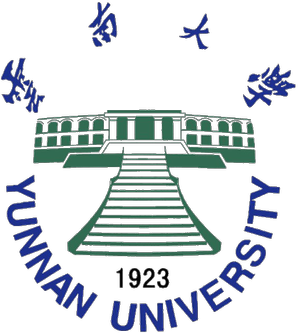
Yunnan University is a provincial public university in Kunming, Yunnan, China. It is affiliated with the Province of Yunnan, and co-funded by the Yunnan Provincial People's Government and the Ministry of Education of China. The university is part of Project 211 and the Double First-Class Construction.

Shanghai Ocean University (SHOU) is a public research university in Shanghai, China, dedicated to the study of aquaculture, marine science and engineering. This university is a part of the national Double First-Class Construction Initiative. It is co-established by the Ministry of Natural Resources, the Ministry of Agriculture and Rural Affairs and the Shanghai Municipal Government.

Nanchang University is a provincial public university in Nanchang, Jiangxi, China. It is affiliated with the Province of Jiangxi, and co-sponsored by the Jiangxi Provincial People's Government and the Ministry of Education of China. The university is part of Project 211 and the Double First-Class Construction.

Harbin Medical University (HMU) (Chinese: 哈尔滨医科大学) is a public university located in Harbin, Heilongjiang, China.

New York University Shanghai is a joint-venture university in Pudong, Shanghai, China. It was established in 2012 under a partnership between East China Normal University and New York University. It is the third degree granting campus of New York University.

Ponnaiyah Ramajayam Institute of Science and Technology (PRIST) is a private and deemed university in Vallam Thanjavur, India. The institute offers undergraduate and postgraduate courses in Engineering, Science, Education, Management, Arts, and Law, as well as research programmes. The institute has campuses in Trichy, Kumbakonam, Puducherry, Chennai, and Madurai. Ponnaiyah Ramajayam Institutions is a group of colleges in Tamil Nadu.

Shanghai East Hospital is a general hospital in Pudong, Shanghai, China. It is a teaching hospital affiliated to Tongji University.
